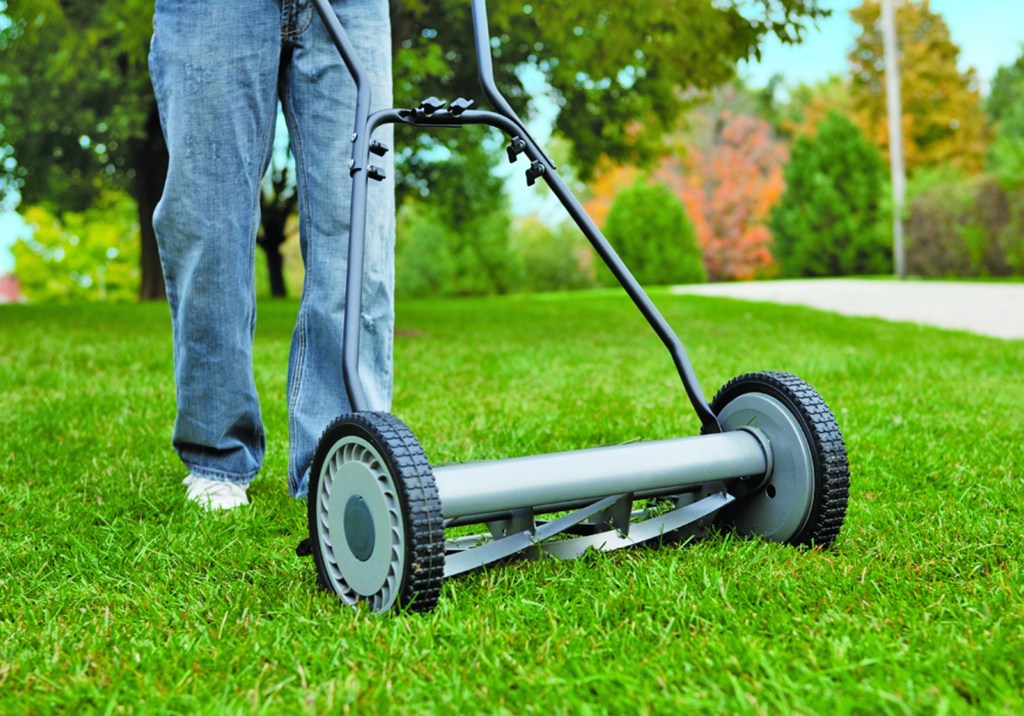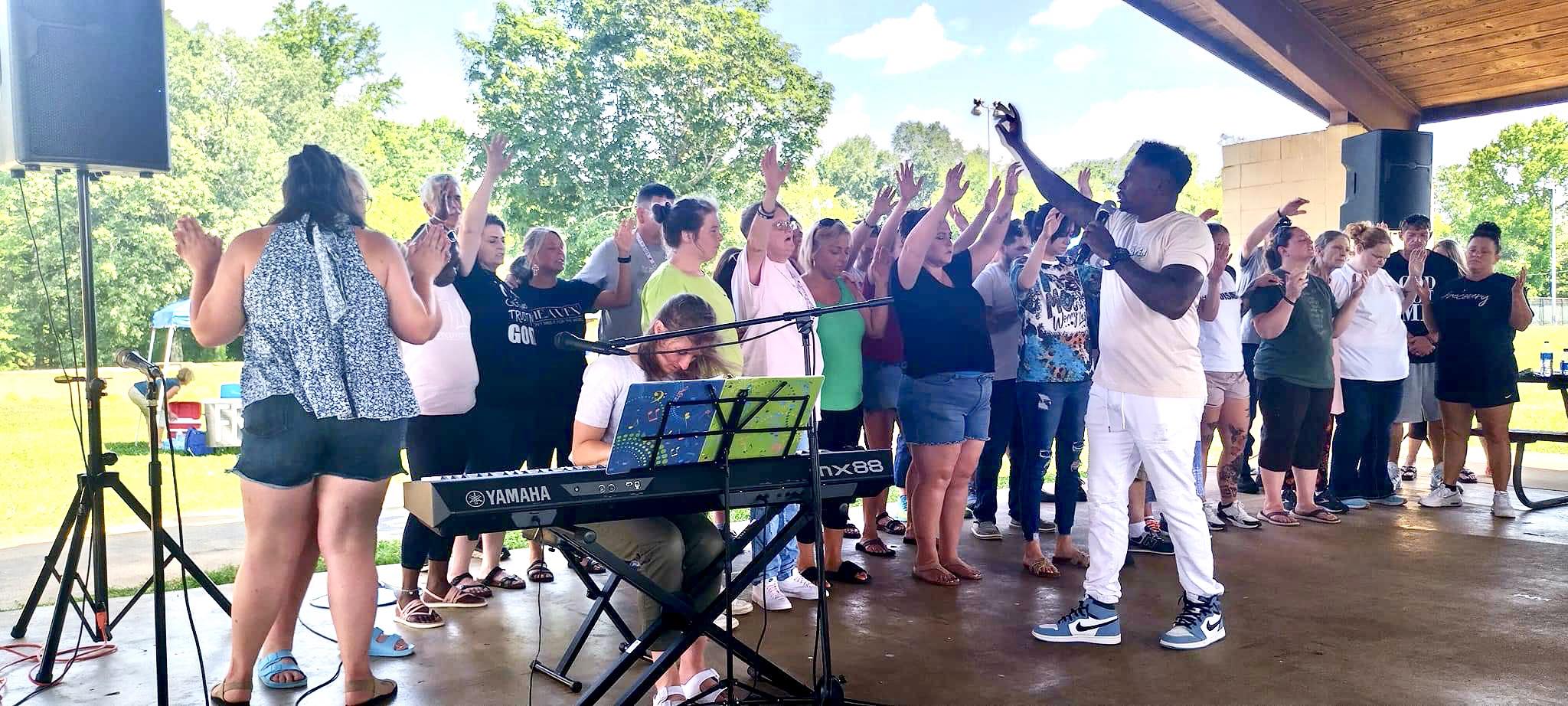ONE GARDENER TO ANOTHER: Types of turfgrass and when to fertilize
Published 6:45 am Monday, September 17, 2018

- Turfgrass
Fertilizing is essential for lawns, shrubs, trees, perennials and all other things that sprout from the earth. Just as we need food and water to sustain life, so does the plant kingdom.
Plants pull their nutrients from the soil, but sometimes those nutrients have been depleted and need to be replaced to ensure the plants get what they need to grow.
Alabama can be divided into three basic climate zones. The northern zone extends roughly from Tennessee to Cullman, the central zone from Cullman to Montgomery, and the southern zone from south of Montgomery.
For a successful turfgrass fertilization program, the Alabama Cooperative Extension System recommends creating an annual plan. The basis of that plan should be soil sampling and testing to determine the base nutrient levels, then testing again every 2 to 3 years to ensure you are maintaining the proper levels.
The type of grass you have will determine when to apply fertilizer.
Cool-season grasses — including tall fescue, ryegrass, Kentucky bluegrass and hybrid bluegrass — should be fertilized during the fall because fertilizing with nitrogen during the summer increases the risk of disease and heat-stress problems.
Cool-season grasses grow best in Alabama during the fall and spring when temperatures are between 60 to 75 degrees. Most cool-season grasses do not survive well in the Alabama summers. The Tennessee Valley region of Alabama is the southern limit of the “transition zone” – the area where it is too cold in winter for many warm-season grasses and too hot in the summer for many cool-season grasses.
Tall fescue is especially well-adapted to the transition zone climate and this is where the majority of it is found in the state. It also tolerates heavy clay soils well. Warm-season lawns over-seeded with a cool-season turfgrass would benefit from the application of a low amount of nitrogen fertilizer from October until March.
Warm-season grasses include Bahia, Bermuda, hybrid Bermuda and Zoysia and should be fertilized during the summer when they are doing the majority of their growing. Fertilization should end in August, with the exception of hybrid Bermuda that would receive one more treatment in September.
Bermudagrass is one of the most common grasses used for home lawns in northern Alabama. It has a fast growth rate, excellent drought tolerance and a good wear tolerance. Because of its fast growth rate, it establishes and recovers from damage more quickly than other grasses.
Zoisiagrass has a slow growth rate but has the best cold tolerance of any of the warm-season grass used in Alabama. It is highly adaptable and creates excellent turf when properly established and managed.
One of the most common mistakes made in fertilizing warm-season grass is fertilizing too soon in the spring. Fertilizing before the last frost can cause significant injury to lawns in spring. Wait until all danger of frost is past before fertilizing warm-season grasses.
Nitrogen fertilizers are used to stimulate leaf and stem growth. Therefore, they should be applied only during periods of optimum growth of the specific turfgrass.
Experts recommend applying only half of the total desired fertilizer in one direction, for instance, across the length of the lawn. Apply the remaining half in the other direction, across the width of the lawn. This will provide a more even distribution of fertilizer and reduces the chance of skipping a section.
Until next week, happy gardening.
— Irland, a member of the Limestone County Master Gardeners, can be reached at kippirland@hotmail.com. For more information on the Limestone County Master Gardeners, visit http://mg.aces.edu/limestone.





